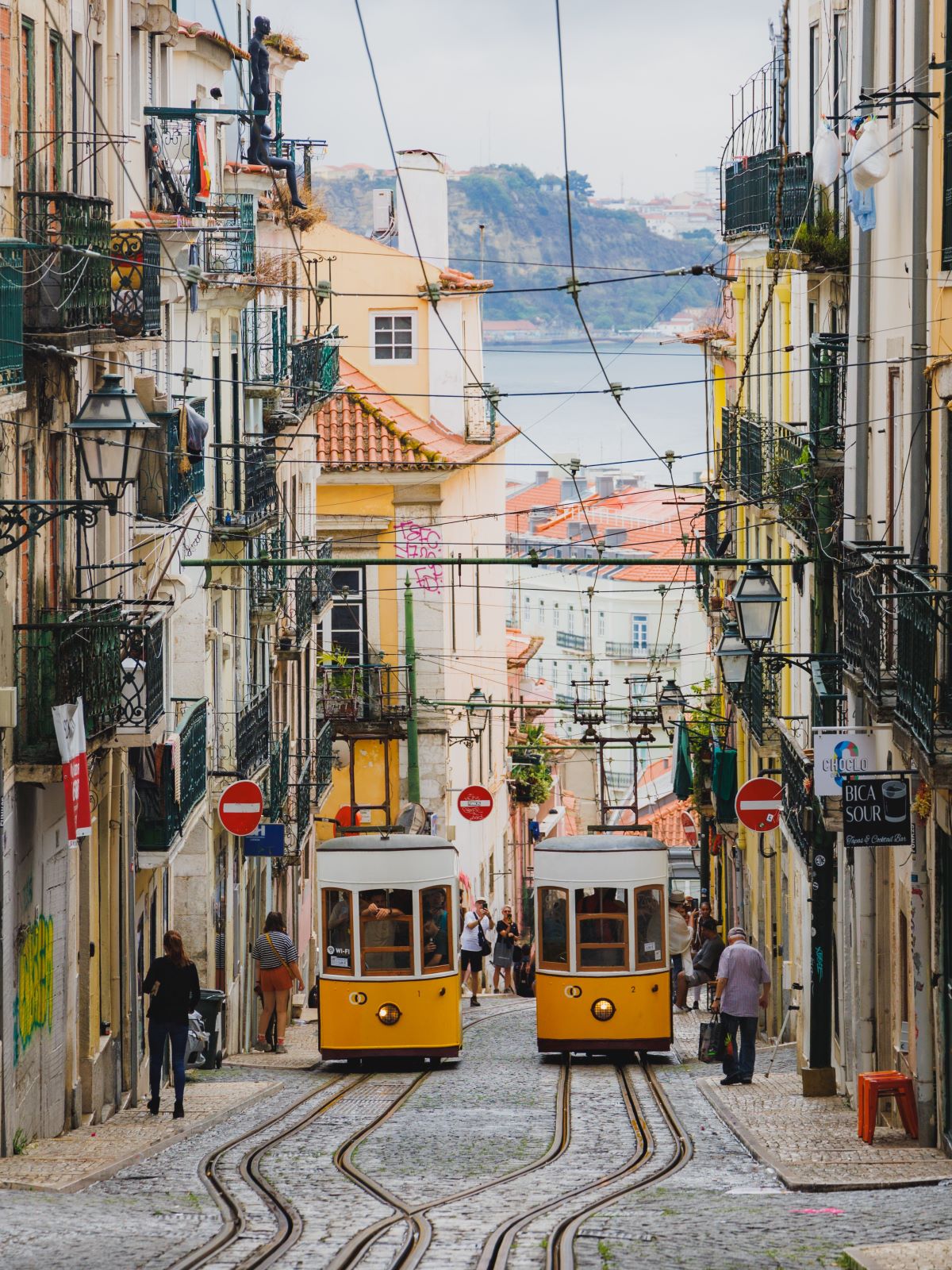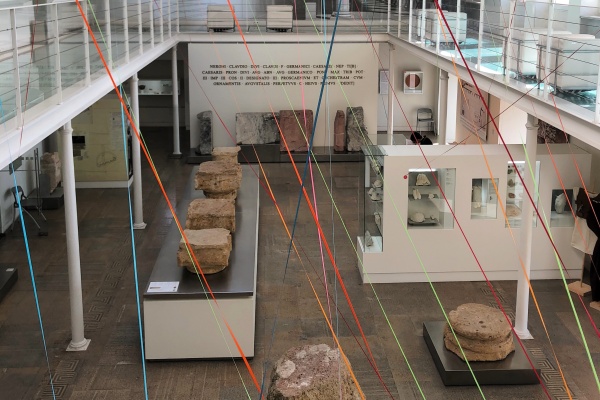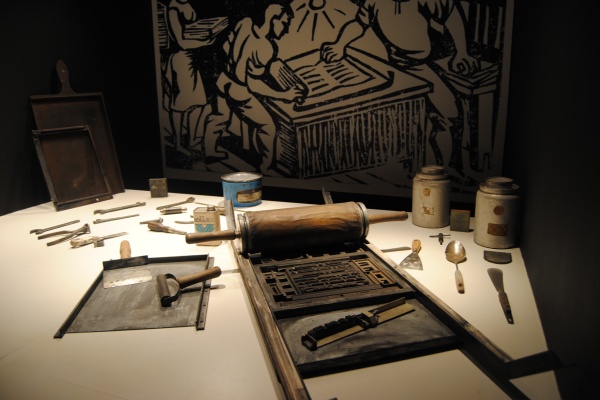Museums are typically any city’s top tourist attractions, most of the times because travelers are told they are must-visit but without truly revealing why. The best museums in Lisbon, according to us here at Devour are the ones that let you in on the city’s history in a fun and engaging way, showcase the best art collections, and honor local artists.

Can’t-miss Lisbon museums
Museu do Teatro Romano
In the 1st century BC, Lisbon was known by its Roman name Olisipo. An important economic hub in the Roman Empire, Lisbon’s main export was a delicacy called garum, a fermented fish sauce made from mostly sardines.
While most of those traces are long gone, buried under streets and buildings, some of them saw the light of day thanks to the rebuilding of the city after the 1755 earthquake or renovations done later to those 18th-century buildings.
That was the case with the Roman Theater built in the 1st century BC, discovered in 1798, neglected and hidden under buildings until 1964, and finally unearthed again between 1989 and 1993. Lisbon wasn’t the capital city of this part of the Empire (then known as Lusitania), but only the important cities were entitled to having their own theater, which pretty much reveals how important Olisipo was for Ancient Rome back then.
The ruins of the Roman Theater were the pretext to found the first publicly owned museum dedicated to Lisbon’s Roman past.

Museu do Aljube
Back to back with the Roman Theater museum, another museum that focuses on the history of Lisbon (and Portugal) but this time a much more recent past. During the years of the fascist dictatorship in Portugal (Estado Novo, 1933-1974), Aljube was a political prison that incarcerated and tortured all those who opposed the regime.
The Carnation Revolution of April 25, 1974 and the dark period of lack of political freedom that precedes it often don’t occupy more than one chapter in Portuguese History school books, and many of those who survived prison and torture would probably prefer it that way. Instead, the locals prefer to celebrate freedom every April 25 by marching down Avenida da Liberdade (Freedom Avenue) holding the symbolic red carnation high above their heads and chanting the songs that marked the revolution.
What this museum showcases (bravely) is the before the revolution, what events led to the rise of fascism and what circumstances led to its fall.

Museu Nacional de Arte Antiga
The oldest art museum in Lisbon, MNAA has been housed in the same palace since its foundation in 1884. Four floors of paintings, sculptures, and furniture from Europe and Asia might sound overwhelming and the truth is that, according to the museum, it takes at least four hours to see the whole collection properly.
If you don’t have a particular interest on art from a specific period or origin, like for example the collection of Portuguese paintings on level 3, you can opt to follow one of the 12 Choices’ routes. These are collections of hand-picked art pieces to see in the museum suggested by public figures like the President of the Republic of Portugal Marcelo Rebelo de Sousa, actress Monica Bellucci, or creator Philippe Starck.

Coleção Moderna – Museu Calouste Gulbenkian
The Gulbenkian Foundation has been a frontrunner institution when it comes to honoring heritage and art. The Modernism period in Portugal was particularly fruitful, founded by great artists like Fernando Pessoa, Almada Negreiros, or Mário de Sá Carneiro. In literature and visual arts, boundaries were broken and rules were bent, opening the flood gates to unrivaled creativity.
Although the museum displays mostly contemporary art from 1983 onwards, national and international, it’s the largest collection of Portuguese modern art that attracts the most visitors. The exhibitions, even the permanent ones, are never static, which means what you see today will most certainly not be the same you’ll see a few months later.
Insider tip: After the visit to the museum, unwind at the café or the gardens, one of the best Lisbon parks.

